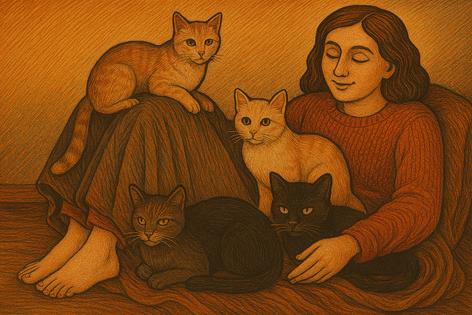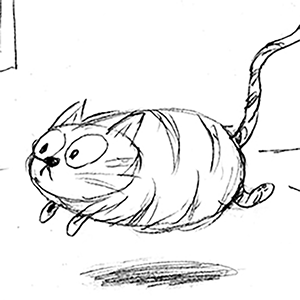The purr-fect feline trait
Published in Cats & Dogs News
A cat’s purr is one of the most familiar and comforting sounds in the animal world, a soft, rhythmic vibration that often signals contentment. But the true nature of the purr remains something of a mystery to scientists, even as it continues to charm cat owners around the globe.
Cats begin purring as early as a few days old, thought to be a bonding mechanism between mother and kitten. As they grow, cats purr in a variety of situations, not only when they’re being petted or curled in a sunny spot but also during stressful moments, such as visits to the vet or periods of injury. This range of use has led researchers to suspect the purr may serve both as a means of communication and a tool for self-healing.
Unlike a meow, which cats typically use to communicate with humans, the purr involves a rapid twitching of the muscles within the larynx. This movement controls the glottis and causes a sudden separation of the vocal cords, producing the unique sound during both inhalation and exhalation. The frequency of a cat’s purr usually falls between 25 and 150 hertz—a range shown in studies to promote tissue regeneration and reduce pain in various animals.
Not all felines purr. Big cats like lions and tigers can produce a similar sound, but it’s not continuous or made in the same way. The domestic cat’s steady, motor-like purr is believed to be unique among felids, adapted over generations of living closely with humans.
For many cat owners, the purr is a sign of affection, a quiet reassurance that their companion feels safe. But for the cat, it may also be a form of therapy, a built-in way to soothe itself in times of uncertainty or discomfort. As research continues, the purr remains both a comforting presence and an ongoing enigma—part of what makes cats such endlessly fascinating creatures.
========
This article was created, in part, utilizing AI tools.









Comments